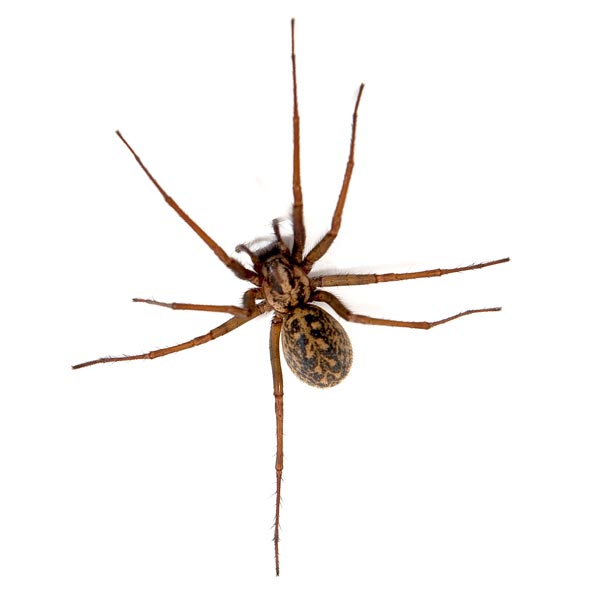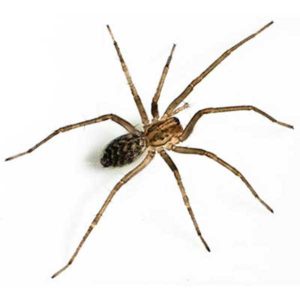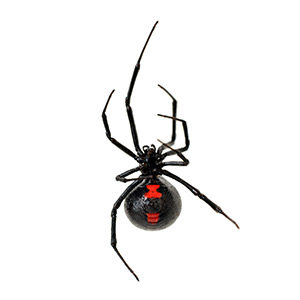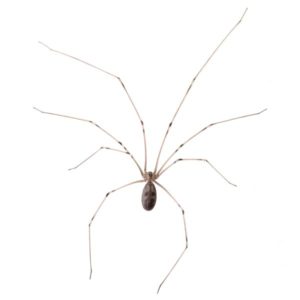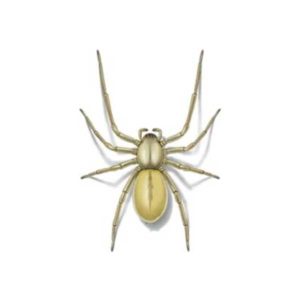Description
| Size | 1″–1¾” (including legs) |
| Characteristics | Light to medium brown in color with a dark stripe down the center of the body. |
| Legs | 8 |
| Habitat | Commonly spotted in garages and basements near ground level. Not good at climbing and frequently gets trapped in sinks and bathtubs when searching for water. |
| Habits |
|
| Hobo Spiders in the Pacific North West | Hobo spiders are a member of the funnel-web spider family. Commonly found throughout the Pacific Northwest, these spiders are known for building nests with a tube shape in the center. Once the nest is fully constructed, hobo spiders will sit in this tube area and wait for prey. These spiders typically feed on a variety of insects, and may even consume other spiders. Hobo spiders are not strong climbers and may become trapped near the ground, but they are capable of moving incredibly quickly from place to place. |
| Hobo Spider Habitat | When outdoors, hobo spiders often build their webs along rock retaining walls, landscape structures, or window wells. Though these spiders are most commonly found outside, they can be carried indoors in things like firewood stacks, boxes, and potted plants. Since hobo spiders are not strong climbers, they are usually found near the ground. As these spiders search for water, they may also become trapped inside of bathtubs or sinks. |
| Hobo Spider Behavior, Threats, and Dangers | Hobo spiders are not an aggressive species, and they rarely bite humans. Though it was once believed that hobo spider bites can cause tissue damage or necrosis, the CDC has determined that these spiders are not toxic. If you have been bitten and are concerned about a skin reaction, it is important to seek medical attention for proper diagnosis and treatment. Though these spiders are not aggressive or toxic, they can be bothersome when invading homes. If you suspect there is an outbreak of hobo spiders on or around your property, call your local spider exterminators for a professional extraction. |
